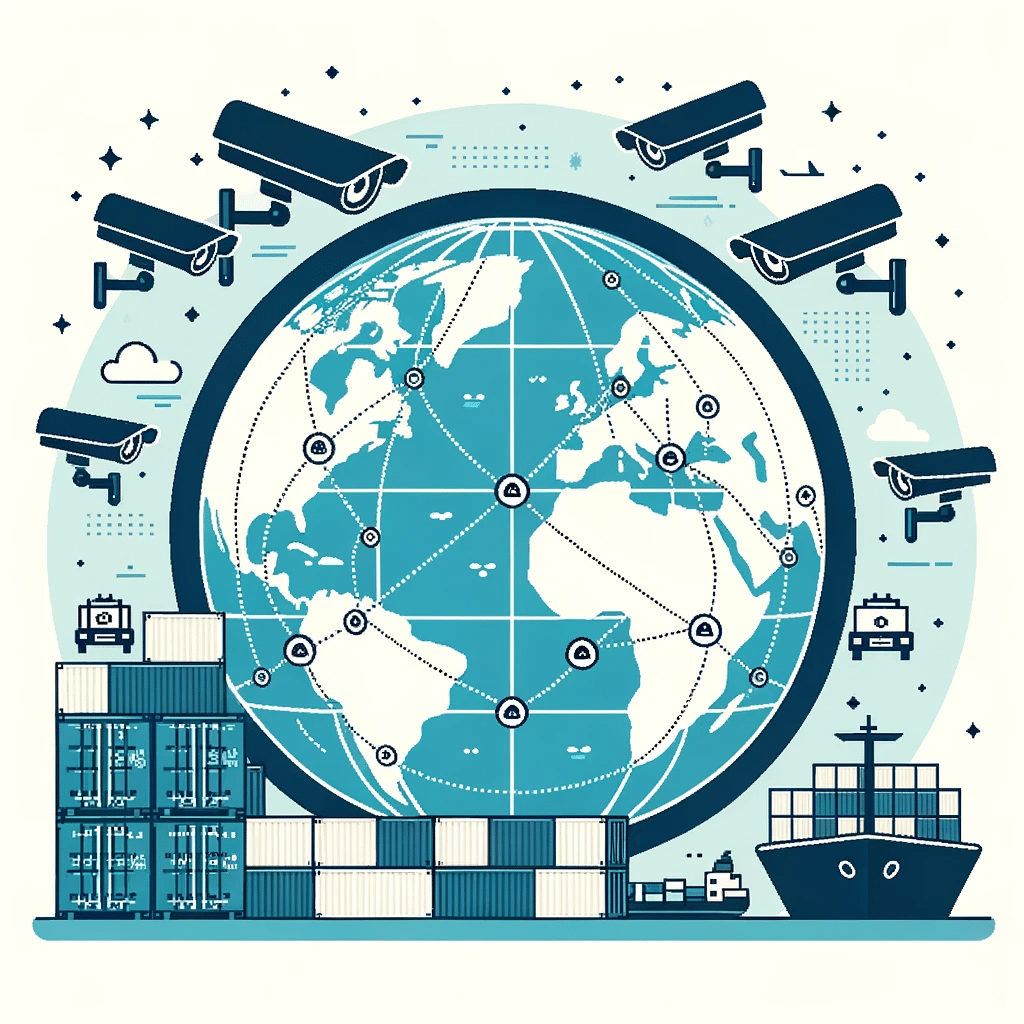Three and a half years ago the world was only just coming to terms with the COVID-19 pandemic that was sweeping across almost every country. The global crisis shook the business world with industries facing unique challenges and opportunities.
For the video surveillance sector, which had been growing steadily, the pandemic years have been turbulent to say the least, but as the crisis wanes a sense of optimism now prevails, according to our latest research.
During the initial months of the pandemic, in early 2020, video surveillance demand declined sharply as physical business activity ground to a halt. Demand rebounded quickly, however, and by late 2020 restrictions had eased and new public health applications arose for camera technology.
This sparked shortages for video surveillance components such as semiconductors, and while substitute parts did finally emerge, most OEMs faced lengthy delays.
“As shortages dragged on through 2021 and into 2022, video surveillance manufacturers found themselves unable to fulfill orders and many experienced mounting delays of 6 months or longer for both components and finished products. This scarcity frustrated distribution partners and end-user customers alike,” reads our new study. “Changing deeply ingrained procurement practices is difficult and product shortages have persisted much longer than most anticipated, while lingering perception issues amongst distribution partners have been another challenge.”
The steadily rising supply chain costs faced by video surveillance vendors in recent years have pushed some costs onto the end customer but fierce competition has limited such price rises and forced manufacturers to absorb some cost into already squeezed profit margins. “In the perfect storm of supply chain constraints and unprecedented demand for our products, we have at times over the past year failed to meet our customers’ expectations,” Fredrik Nilsson, VP Americas at Axis Communications said in a company announcement.
On balance, however, 2023 has seen supply constraints and inflationary pressures join economic uncertainty as the top concerns amongst video surveillance providers in the near term, according to our new study. Despite these ongoing challenges, cautious optimism remains in the market, buoyed by improvements compared to the previous year.
“The sense of caution in the video surveillance market is tempered by hope; various stakeholders posit that the latter half of 2023 should witness an easing of these constraints as demand and supply equilibrate, and additional supply chain resilience measures adopted by manufacturers begin to bear fruit,” our new research report found. “This is also broadly in line with wider supply chain expert analysis, with the latest trade data showing recent supply shocks have subsided, and global supply chains are progressively getting ‘back to normal’”.

Video Surveillance Supply Chain Resilience
Our in-depth research discovered a general acceptance that supply chain challenges will persist, but simultaneously, that there exists a strong belief that diligent adaptation and contingency planning will mitigate the impact of these challenges.
This growing optimism is further buoyed by anticipated advancements in technology, emerging sales channels, and end-user education. However, given the immense challenges of recent years, we found that strengthening supply chain resilience has become the top priority for the video surveillance industry.
More specifically, video surveillance firms are now focused on improving visibility into multi-tier supply networks to quickly identify emerging component shortages or geographic risks. In doing so, they hope to enhance flexibility through strategies like qualifying alternate suppliers and maintaining increased inventory buffers.
The diversification of sourcing and manufacturing outside China has also accelerated, as over-reliance on Chinese production came under the spotlight during multiple waves of the pandemic and through its trade war with the US.
Major governments have also reacted to the supply chain crisis, investing billions to encourage domestic semiconductor output, for example. However, reshuffling complex supply chains that have been slowly optimized over many years will, realistically, take many more years to realize their efficiency and reliability. The security of supply chains was already on the agenda before COVID-19, but the pandemic has accelerated the market along that long-term path to greater diversification in global supply chains.
Our research on the market also revealed the potential for video analytics, and other software-centric solutions, to emerge as an alternative path to greater supply chain resilience for video surveillance vendors. By leveraging software innovation to deliver new functionality via remote upgrades, software allows companies to rely slightly less on hardware release cycles and component availability. However, cameras and edge devices remain the profit center and hardware lifeline for most established video surveillance providers at present.
“While supply chain conditions have improved from the turmoil of 2021, risks remain heightened for video surveillance providers after the significant shocks of recent years,” our new video surveillance market report explains. “Building resilience via supply chain diversification, improving visibility, and embracing flexible procurement strategies will help the industry prepare for future volatility —but easing the current focus on supply continuity to again prioritize customer-centric innovation will be the greater challenge.”



